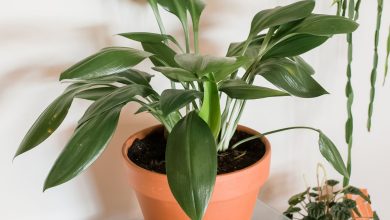How is the reproduction of plants carried out?
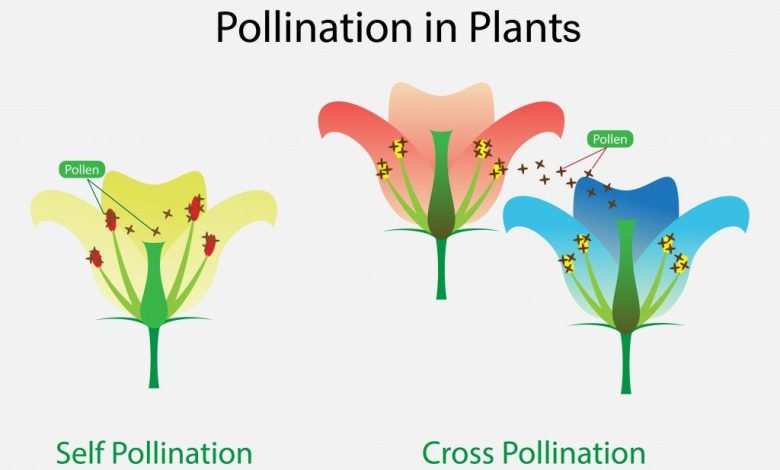
 Knowing how plants reproduce has been important since the beginning of biology and botany.
Knowing how plants reproduce has been important since the beginning of biology and botany.
This characteristic is typical of all living beings and is what allows species to continue their development on earth.
But not all plants reproduce in the same way and to define the characteristics of this process we have prepared this article.
Will you join us ?
How do plants reproduce?
Plants reproduce in two ways: sexual and asexual.
Sexual reproduction involves the reproductive organs of plants found inside flowers.
These, through the pollination process, manage to unite their pollen grains and result in the development of seeds and fruits.
When the seeds find a fertile area to settle, a new plant is born.
In the case of asexual reproduction, what happens is that the plants achieve their development by their own means, without pollination.
| asexual reproduction of plants | sexual reproduction of plants |
| Only one mother plant is involved. | Both fathers and mothers are involved. |
| It occurs in unisexual plants. | It occurs in bisexual plants. |
| It occurs on ground floors. | It occurs on tall plants. |
| The reproductive organs are not present. | Fully developed reproductive parts are present |
| In most methods the original parent disappears. | The original parents remain alive after the reproduction process. |
| Processes such as gamete formation or fertilization are not seen. | Fertilization of the gametes gives rise to the zygote. |
| Characteristics are inherited from only one parent. | Characteristics are inherited from both parents. |
| There is no need for seeds. | The seeds are used to obtain new plants from a flower. |
Sexual reproduction of plants: stamens and pistils
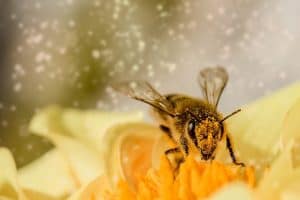 Plants reproduce sexually through the fusion of male and female gametes in the flower.
Plants reproduce sexually through the fusion of male and female gametes in the flower.
Sexual reproduction is similar to human reproduction, which involves the fusion of male (pollen) and female (egg) gametes to form a new organism that inherits genes from both parents.
Flowers are the reproductive parts of a plant. The stamens are the male reproductive part and the pistil is the female reproductive part.
Flowers containing only the pistil or only the stamens are called unisexual flowers. Flowers that contain both stamens and pistil are called bisexual flowers.
Examples of sexual plants
 Corn, papaya, and cucumber produce unisexual flowers, while mustard, rose, and petunia have bisexual flowers.
Corn, papaya, and cucumber produce unisexual flowers, while mustard, rose, and petunia have bisexual flowers.
Both male and female unisexual flowers may be present on the same plant or on different plants.
The anthers contain pollen grains that produce male gametes. The pistil is composed of the stigma, style, and ovary. The ovary contains one or more ovules. The female gamete or ovum is formed into an ovum.
In sexual reproduction, a male and female gamete fuse to form a zygote.
Pollination: self pollination and cross pollination
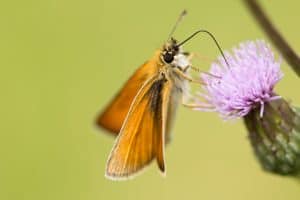 Pollen grains generally have a hard protective coating that prevents them from drying out. Because pollen grains are light, they can be carried by wind, water, or insects.
Pollen grains generally have a hard protective coating that prevents them from drying out. Because pollen grains are light, they can be carried by wind, water, or insects.
The insects are attracted by the conspicuous flowers and end up being vectors of the pollen when it is deposited on their bodies. This happens in nature, so during the spring it is common to see insects on top of wild flowers.
Some of the pollen falls on the stigma of a flower of the same kind. The transfer of pollen from the anther to the stigma of a flower is called pollination.
If the pollen falls on the stigma of the same flower, it is called self-pollination. When pollen from one flower lands on the stigma of another flower on the same plant, or on that of a different plant of the same type, it is called cross-pollination.
plant fertilization
.
The process of fusion of male and female gametes (to form a zygote) is called fertilization. The zygote develops into an embryo.
The formation of fruits and seeds
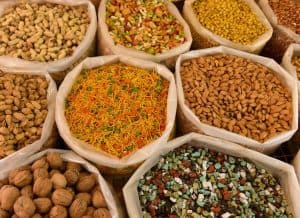 After fertilization, the ovary develops into a fruit and other parts of the flower fall off. The fruit is the mature ovary.
After fertilization, the ovary develops into a fruit and other parts of the flower fall off. The fruit is the mature ovary.
The seeds develop from the ovules.
The seed contains an embryo protected by a protective seed coat. Some fruits are fleshy and juicy like mango, apple, and orange.
Some fruits are hard like almonds and walnuts.
seed propagation
We know that pollen is light and easily moved by wind, water or insects. But… what about the seeds? How do they do that?
Mainly thanks to the animals. Either because they are a type of thorny plant, by which the seeds are able to adhere to the body of animals. These animals move, moving the seeds from one side to another.
However, there is something better. One of the most useful mechanisms that nature has, and specifically plants to reproduce is through the fruits. Many animals feed on fruits.
The seeds end up in the digestive system of these animals, which later, for the most part, defecate them in a different place from where they were ingested, and also with a good handful of natural fertilizer
What is asexual reproduction of plants?
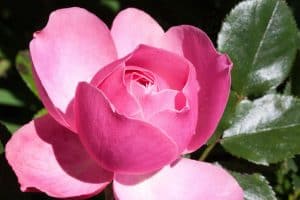 Asexual reproduction is one that occurs without the need for the sexual organs of plants to intervene.
Asexual reproduction is one that occurs without the need for the sexual organs of plants to intervene.
Nor would it be necessary for the pollination process to take place.
The reason this is so is due to the ability of certain plants to form again from some tissue they already have.
For example, a stem or a cell.
What types of asexual reproduction do we find?
The types of asexual reproduction originate depending on the area of the plant that is taken as the basis for the birth of a new specimen.
Tuber
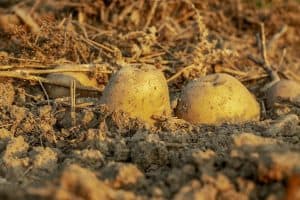 This type of reproduction occurs in some plants that develop underground.
This type of reproduction occurs in some plants that develop underground.
Those responsible for the task are the stems, which are filled with nutrients that allow them to create a new plant by themselves.
This is possible because they become capable of generating roots.
To know more: The tubers.
rhizomes
In this case, they are also stems that form underground but have the peculiarity of running parallel to the ground.
Buds are generated from the base of the stems from which smaller stems and roots are born.
They have the distinction of growing permanently, so they can cover a good amount of space with plants of their species.
stolons
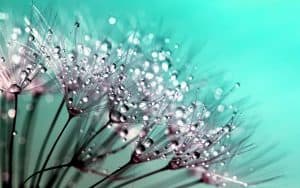 In this case , the stems go through the surface of the earth and when they feel that they are in the right conditions, they produce roots.
In this case , the stems go through the surface of the earth and when they feel that they are in the right conditions, they produce roots.
After the roots are formed, they then begin the process of creating vertical stems.
It is worth noting that stolons, unlike rhizomes, die when the new plant is strong, making it independent.
bulbs
It is again about underground stems that are formed by a set of leaves arranged one above the other.
As soon as these bulbs are placed in fertile soil, they produce roots and new stems.
Bulbils
Finally, there is asexual reproduction by bulbils that works with the formation of buds that are generated on the edges of some leaves.
These buds end up falling to the ground and, from there, a new plant is born.
What examples can we find in nature?
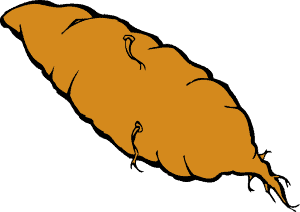 In the plant world there are many species capable of reproducing only asexually and also sexually or asexually.
In the plant world there are many species capable of reproducing only asexually and also sexually or asexually.
Strawberries are a clear example of plants that can use both pathways. In the case of the asexual system, they do this through the stolons.
When it comes to tubers, the potato is the quintessential example because it does a very good job in this regard, increasing harvests. Other tubers are yams, sweet potatoes, or ginger.
The plants that work by bulbs are those whose fruits have a similar condition of overlapping leaves, for example onions.
In the case of plants that work with rhizomes, there are species such as oregano.
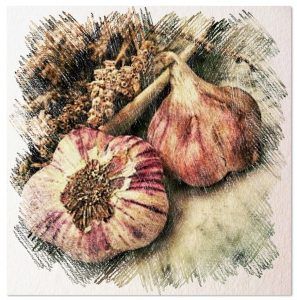 Finally, within the plants that work with bulbils, is the Bryophyllum calycinum.
Finally, within the plants that work with bulbils, is the Bryophyllum calycinum.
Other species that we can find included within this group are tulips , green algae, dandelions, sugar cane, malamadre, garlic, rosemary, some carnations, peach, orange, among others.
Even like strawberries, many of these species mentioned above also work under sexual reproduction.
What are the advantages of asexual reproduction in plants?
The main advantage surrounding asexual reproduction is simplicity, as virtually no support work is required.
In addition to that, the energy expenditure of the species is much less than when they have to carry out the entire process from a seed.
It is also possible for a species to produce a large number of offspring from a mother in a new space.
In the case of plant life, this advantage represents the possibility of increasing the cultivated fields and, therefore, the amount of food.
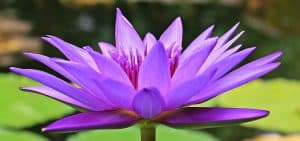 Asexual reproduction also helps younger plants to protect themselves from attack by other organisms with little effort.
Asexual reproduction also helps younger plants to protect themselves from attack by other organisms with little effort.
Finally, there is the fact that it is not necessary to have a partner, so the work is done much more quickly.
What are the disadvantages of asexual reproduction in plants?
The main disadvantage of this method is that it is impossible to produce variations in the offspring.
This means that all children will be almost identical to their parent and will continue to do so over time.
This same condition makes them vulnerable to adverse situations, such as climatic ones, since they have no possibility of creating resistance.
In spaces where the planting of a certain species is not desired, asexual reproduction works without permission.
This is what happens, for example, with the lawn or the weeds in the garden that grow and grow without stopping.
Each species is unique and its possibilities of reproduction will be beneficial, or not, to the extent that they know how to take advantage of it.
Asexual reproduction does not only occur in plants, but also in certain types of animals.

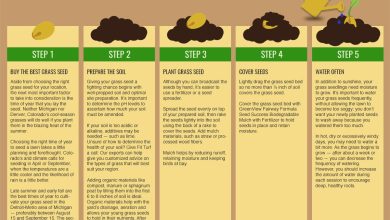
![Photo of Mediterranean Climate: [Characteristics, Flora, Fauna and Adaptability]](https://www.complete-gardening.com/wp-content/uploads/2022/08/mediterranean-climate-characteristics-flora-fauna-and-adaptability-390x220.jpg)
![Photo of Cruciferous Fleas (Phyllotreta spp and others): [Characteristics, Detection, Effects and Treatment]](https://www.complete-gardening.com/wp-content/uploads/2022/08/cruciferous-fleas-phyllotreta-spp-and-others-characteristics-detection-effects-and-treatment-390x220.jpg)
